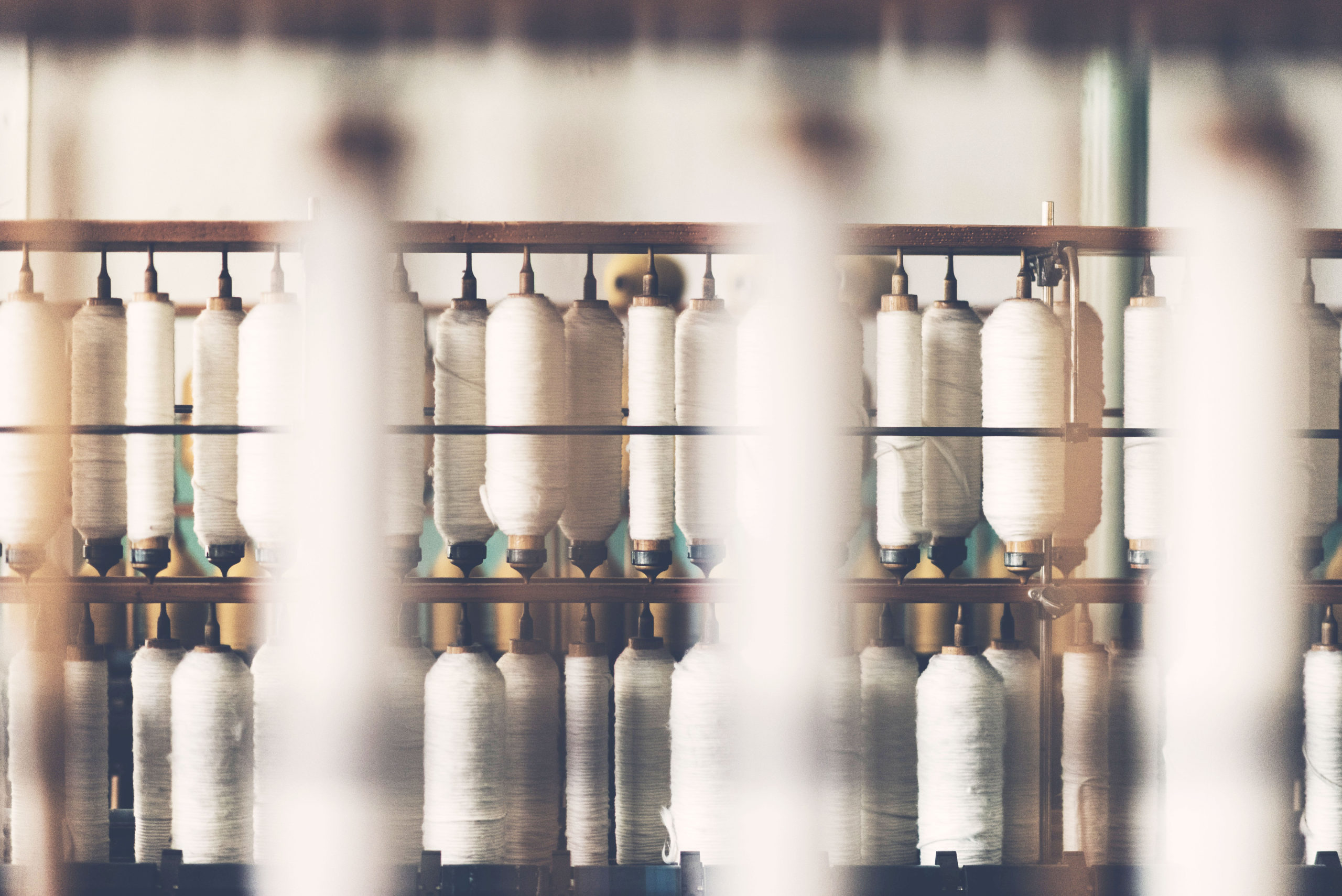In a world where the limits of virtual reality are expanding day by day, it was a matter of time before fashion explored the potential of this new universe in commercial terms. From the creation of exclusive garments to the introduction in video games, the NFT phenomenon is positioning in the fashion industry. Behind these acronyms hides a range of products created to exist exclusively in the virtual world, but does this new trend have a sustainable future?
We already anticipated it in our analysis of The State of Fashion 2022 Report, one of the trends that was going to shape the fashion industry this year was related to the digital dimension. The increase in the time spent on the internet by consumers, together with the rise of digital environments such as the metaverse, turns virtual goods into tools with great potential for the fashion industry.
The absence of a physical product linked to these assets could make us think that digital fashion doesn’t have a direct impact on the environment. However, although it isn’t material and apparently doesn’t generate waste, the energy consumption that allows virtual fashion garments to be sold as NFTs has nothing to envy to the environmental footprint generated by physical fashion.
The energy consumption that allows virtual fashion garments to be sold as NFTs has nothing to envy to the environmental footprint generated by physical fashion
Let’s start by defining what an NFT is. Non-fungible tokens (meaning of the acronym NFT) are non-replaceable goods, unique assets that cannot be modified or exchanged for another of the same value. In a few words, NFTs certify the authenticity of a digitized item. Its existence is documented through the blockchain, a registry that guarantees the exclusivity of the purchase since it’s a technology made up of unalterable codes capable of tracking any transaction, determining the cost and ownership of the goods.
Unlike other virtual currencies, non-fungible tokens are unique and non-exchangeable. Even if multiple copies of a digital garment exist, only one will have the NFT certificate of authenticity embedded in the blockchain with proprietary rights. In this sense, NFTs offer a solution to the copyright and intellectual property problems that fashion designers often face. By assigning ownership to the designer they act as tokens of authenticity, in this way the creation is protected from being replicated. The time and date of creation, as well as the number in circulation, are recorded.
The fact that a virtual item can be exclusive is interesting for the fashion industry as it makes digital assets monetizable and extends the control the brand has over the product even beyond sale:
- NFTs allow virtual items to be unique by solving the reproducibility problem of digital fashion.
- Thanks to NFTs, a brand’s product catalog is extended. In addition to garments, a firm could sell as NFT the video of a fashion show or images of the creation process.
- These digital assets continue to generate income through resale. All following business transactions are reflected in the blockchain and the allocation of royalties to their owners can be automated. That is, the original author can collect a percentage for each following sale, just as the holder of the NFT can obtain royalties with the next sale.
It’s obvious that there are commercial incentives for the fashion industry to take an interest in virtual goods, but both designers and consumers should keep in mind that NFTs share a damaging trait with cryptocurrencies: they both abuse energy use through the use of blockchain technology. According to the Digiconomist bitcoin energy consumption index, the process of recording transactions on the blockchain for bitcoin already generates 97 million tons of CO2 per year, equal to the carbon footprint of Kuwait. In the case of NFTs, by sharing transactions on the blockchain, their environmental impact is comparable.
The amount of energy consumed comes down to how “data mining” is done, that is the computing process of verifying transactions and storing them on the blockchain. Currently, the PoW (Proof of Work) mechanism is the most widespread, as well as the most intensive in energy consumption. However, there are other mechanisms that allow creating NFTs without consuming so much energy. If you want to make an incursion into the world of digital assets, it will be the responsibility of the brands to investigate which mechanisms have the least environmental impact to maintain their commitment to sustainability. As well as, develop measures that balance and compensate the impact generated by these virtual goods.
It will be the responsibility of the brands to investigate which mechanisms have the least environmental impact to maintain their commitment to sustainability
NFTs open a door to differentiation and creative experimentation in the fashion industry. However, in the midst of an awareness era in which we must work to put the planet and people first, some doubts arise that question the future of digital fashion:
- Do NFTs solve a real need for the average consumer?
- Does it compensate the environmental impact of virtual fashion if there is no associated physical good?
- Is it an unproductive energy consumption?
- Does this new trend trivialize or take fashion consumption lightly?
- Will it be used to transfer the digital trend to the material world?
As fashion begins to unfold in the digital universe, new possibilities emerge with the ability to redefine the industry as we know it. However, the progress of this movement will depend on taking into account the environmental consequences of it. Brands that want to go digital will need to do so methodically. At BCOME we can help you optimize your brand’s sustainability strategy so that your virtual expansion doesn’t harm your social and environmental commitment. Do we innovate together?








